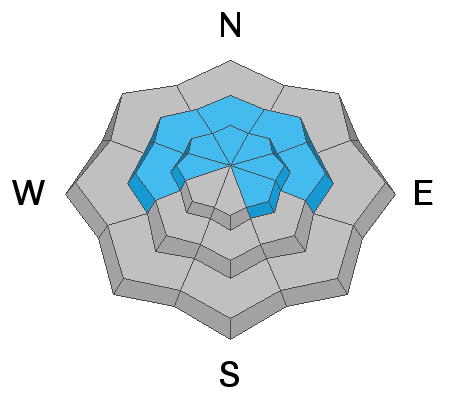Forecast for the Salt Lake Area Mountains

Issued by Trent Meisenheimer on
Sunday morning, January 3, 2021
Sunday morning, January 3, 2021
The avalanche danger is MODERATE on all steep upper elevation slopes. You will also find a MODERATE avalanche danger on steep slopes facing west to north to east at the mid-elevations.
Human-triggered avalanches are possible on these slopes, especially if they have a denser slab of wind-blown snow on top of weaker, faceted snow.
All other aspects have a LOW avalanche danger.
Human-triggered avalanches are possible on these slopes, especially if they have a denser slab of wind-blown snow on top of weaker, faceted snow.
All other aspects have a LOW avalanche danger.

Low
Moderate
Considerable
High
Extreme
Learn how to read the forecast here








